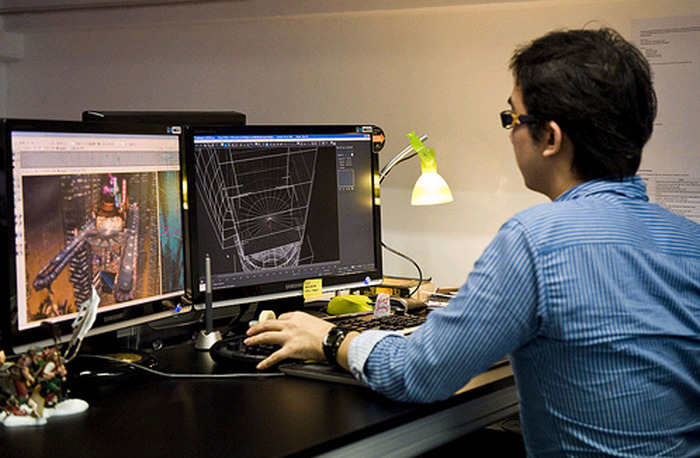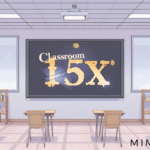What Does Graphical Power Add to a Game?
Whenever a new game is released, or has a big trailer debut for it, a lot of the conversation can often focus around the graphics.
This makes sense, as this is often what developers and publishers can use to immediately make an impression on audiences with a trailer, but it’s also something that might matter much less to many people than other components of the game itself, like gameplay.
Still, that doesn’t mean that raw graphical power has no place at all. In fact, when used right, it can enhance the experience and even come to create a defining element of immersion.

A Sense of Immersion
The most straightforward way in which graphics can enhance a game is through the immersive atmosphere that it creates. This is something that changes with standards, and raw graphical fidelity isn’t always going to be the yardstick by which this is measured – it’s a combination of sound design, art design, graphics and gameplay.
However, things like more immersive lighting that are brought on by graphical power can do a lot of heavy-lifting. This is true even in smaller games, such as online slots, where you might not think much outside of the game itself truly matters.
However, slots are variable by nature – they can either feature a classic slot machine setting, or they can be themed around films or sports, or around an entirely original setting, but all of these are enhanced by the visual elements brought to them.
Bringing Art Design to Life
The aspect of art design is important, however, as without it, companies and developers that were working with less of a budget would be powerless against their richer competitors.
However, graphics rarely make or break a game themselves – they might add a lot to it, as in the case of a title like Red Dead Redemption 2, but even then, the fidelity to realism allows those graphics to carry the weight that they do.
To put too much weight directly on graphics alone also presumes that realism is the end all and be all of any video game art-style, which many people know is untrue.
FromSoftware is a developer that has found an enormous amount of success, and many people point to the art-style of their titles as being a standout reason, even if the graphics themselves are often less refined than other games on the market.
Still, understanding the right way to interpret and animate the art that is drawn for the development of the game is an important step – as can be seen in much of the debate in the way that FromSoftware’s own Demon’s Souls was remade by a different company with different takes on many of the designs.
The Proper Impact
No matter what budget the game is working with, or what genre it is, or how impressive the graphics are – there will be an intended impact to certain scenes and moments that can only be carried through visual storytelling.
A classic example of this is in a game like Breath of the Wild or Elden Ring, when you begin the game in a small cave-like area, and work through it until you’re released into a wide open natural landscape, signifying that you have the freedom to go wherever you like.
Neither of these games are the most graphically impressive on the market, but they work with what they have and leverage the contrast of the cave with the outdoors to create the impact of the moment.
Even with smaller games, like Hollow Knight or Blasphemous, still have moments where the more quaint nature of the earlier levels is put into perspective upon arriving into a big city, where visuals that are new to the game can help to enhance the experience. Graphical power might not be doing all of the heavy-lifting here, but it can be used in the right way to get that impact.

Remasters and Remakes
It can be difficult, as mentioned previously as in the case of Demon’s Souls, for a remake or remaster of a game to please everyone. Older games with less-polished graphics have an element of interpretation to them, and adding detail to that might not align with how someone viewed it.
How faithful should these efforts be? It’s a very subjective area, especially when you get into the realm of full-blown remakes that look not only to update the visuals but also elements of gameplay and story. In the case of Final Fantasy VII: Remake, the story itself is profoundly different, which arguably means that the aim of the game isn’t to recreate or replace the original but to create a new, adjacent experience.
Still, enabling developers to take old games and breathe new life into them with the help of modern graphics can be very exciting for people who are nostalgic for those older titles.





